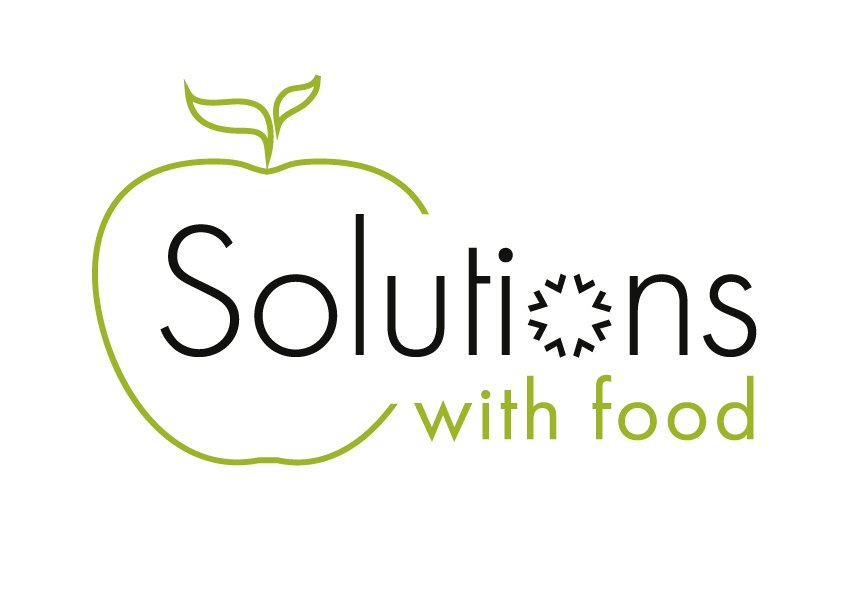Can High Cholesterol Give Me A Heart Attack?
While our bodies do need some cholesterol, too much is definitely not a good thing. Having high cholesterol is one of the major risk factors for heart disease.
Too much cholesterol contributes to the build-up of fatty plaques on the walls of our arteries, which can lead to a heart attack or stroke. This may sound scary, but the good news is that it’s also one of the risk factors that you can do the most about.
The different types of cholesterol
Total cholesterol is a reading that includes TWO types of cholesterol:
Low-density lipoprotein (LDL) and high-density lipoprotein (HDL).
LDL is the ‘bad’ cholesterol. Remember ‘L’ for lousy. We want these levels to be low, as LDL is the main cause of fatty build up in the arteries. HDL is the ‘good’ cholesterol. Think ‘H’ for healthy. We want these levels to be high, as HDL has a protective effect on our heart, because it sweeps excess cholesterol out of the bloodstream.
6 Tips to Lower Your Cholesterol
1. Limit processed meats.
Saturated fat is one of the major contributors to high cholesterol levels. Processed meats, such as salami and devon, are particularly high in saturated fat (with up to 12g sat fat per 100g, which is half the daily limit) so they should only be eaten occasionally. Try and limit processed meats to no more than two servings per week. Replace processed meats with lean proteins such as chicken breast or steak.
2. Include a small serve of nuts each day.
Nuts are high in healthy fats, soluble fibre and plant sterols. Aim for a small handful (~1/4 cup) daily. Just watch your portion size so you don’t add too much extra energy to your day. Sprinkle walnuts on a salad, or grab a handful of almonds as a snack.
3. Eat more Omega 3’s.
Aim for 2-3 serves of oily fish per week – salmon, tuna, mackerel or sardines. These fish are high in omega-3s, which has been linked with increasing HDL levels and reducing triglycerides. Add tinned tuna to a salad or sandwich at lunch, put a few slices of smoked salmon on your toast in the morning, or cook a fillet of fresh tuna or salmon for dinner a few times a week.
4. Fill up on fibre
Fibre, especially soluble fibre, lowers LDL cholesterol and has been linked with other heart benefits such as lower blood pressure and inflammation. Include legumes, oats, flaxseeds, wholegrain breads and cereals and plenty of fruits and vegetables in your daily meals. Psyllium is another great source of soluble fibre. Sprinkle psyllium husks onto your cereal, over salads or add to a morning smoothie.
5. Choose foods that contain plant sterols
Use reduced fat table spreads, milk, cheese, whole grains, nuts, vegetables and fruit. According to the Heart Foundation, eating 2-3 serves of plant sterols a day can help to reduce your cholesterol absorption by up to 10%. Products containing plant sterols include Flora proactive and logical spreads, Dairy Farmers Heart Active Milk and Kraft live active cheese.
6. Replace butter with heart healthy oils.
Butter is very high in saturated fat (around 50%). Try replacing butter with healthier alternatives such as olive oil or canola oil in cooking and use proactive margarine or avocado for spreading on toast or sandwiches.
How high is too high?
If you are over 18 years old, see your GP for a blood test to check your cholesterol levels. Your GP will repeat the test every 1–5 years, depending on what your levels are like. Ideally your cholesterol levels should be:
FOR PEOPLE WITHOUT HEART DISEASE (mmol/L)
Total cholesterol Below 4.5
LDL (‘bad’) cholesterol Below 2.5
HDL (‘good’) cholesterol Above 1.0
Triglycerides Below 2.0
FOR PEOPLE WITH OR AT HIGH RISK OF HEART DISEASE (mmol/L)
Total cholesterol Below 4.0
LDL (‘bad’) cholesterol Below 2.0
HDL (‘good’) cholesterol Above 1.0
Triglycerides Below 1.5
Larissa Meecham
Tell us about your dieting experience in the comments, or book an appointment with us today and let's discuss your goals!
Solutions With Food

